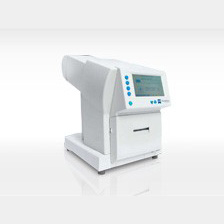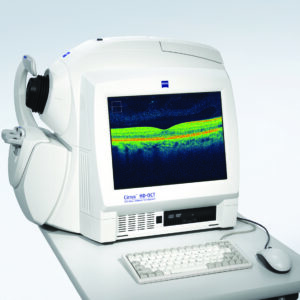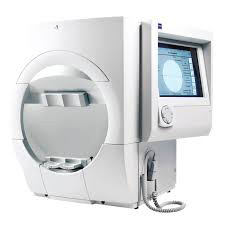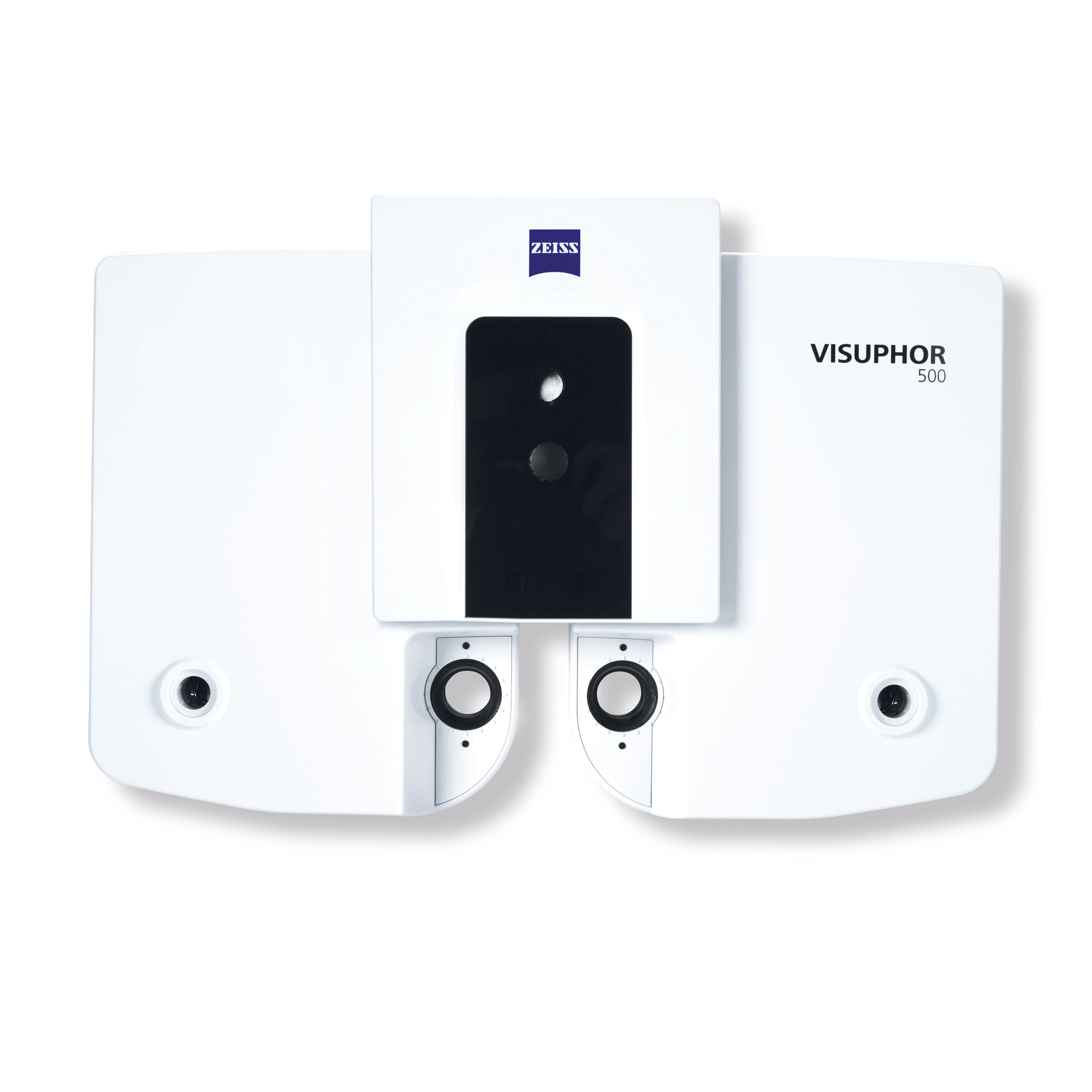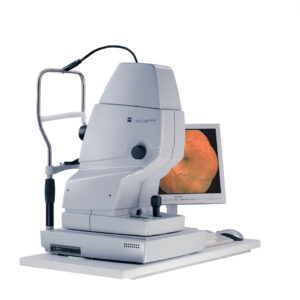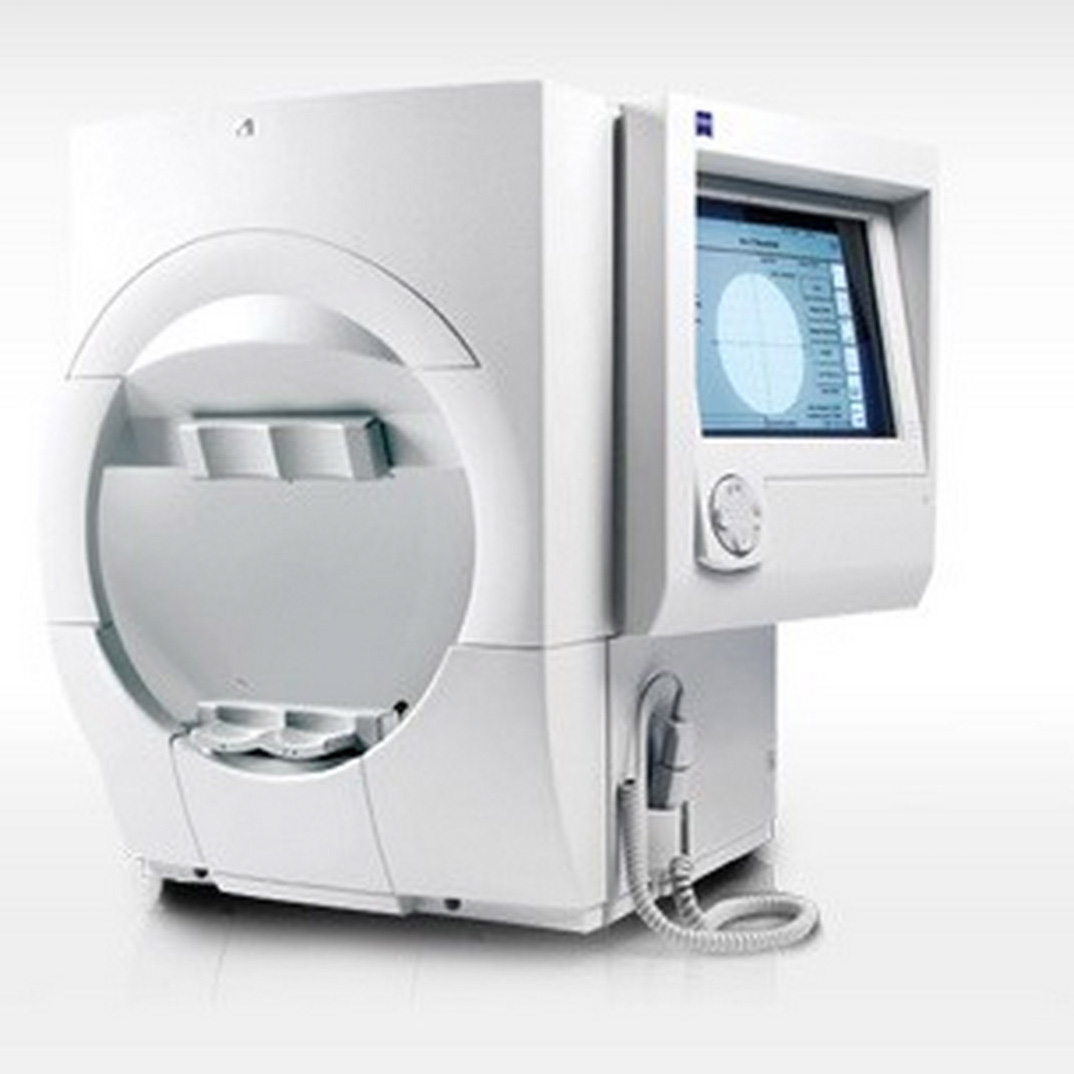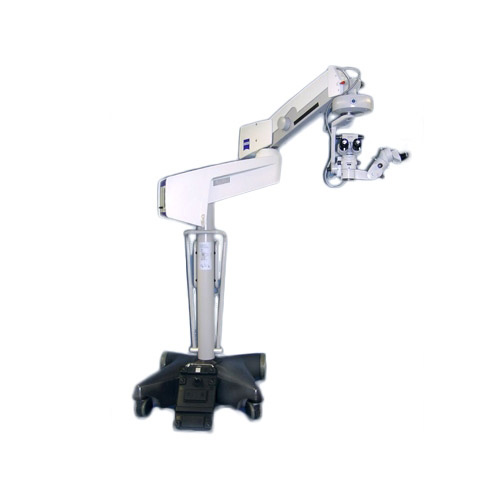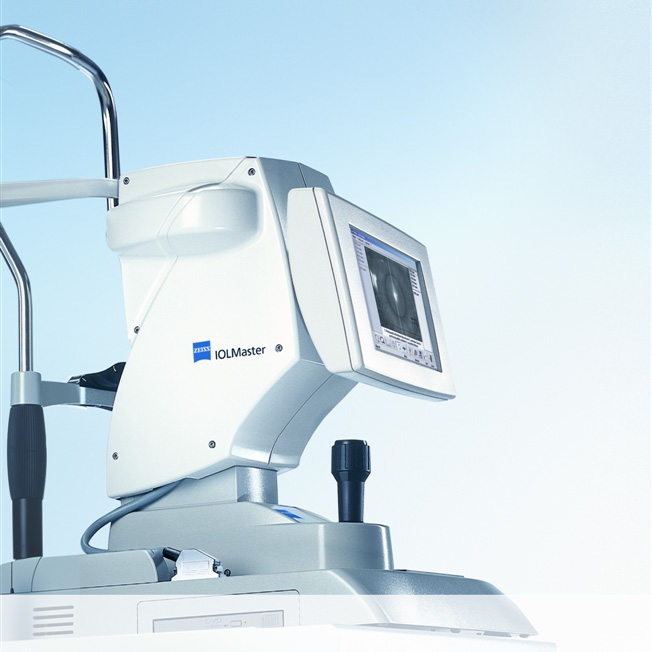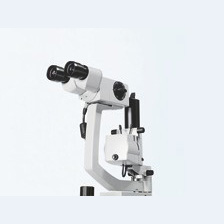Humphrey FDT – for efficient visual field loss detection Clinically validated Multiple studies1-15 have shown that the Humphrey FDT detects visual field loss due to a variety of ocular diseases, including glaucoma. Thus FDT is ideal for clinics desiring to identify patients in need of ophthalmological referral.
- FDT is clinically validated in more than 170 peer-reviewed publications. Proven performance on virtually all patients Studies have found that virtually all patients can perform this fast and simple test with reliable results: • Beijing Eye Study: 98% patient success. 14
- Tajimi Population Screening Study: 98.7% patient success.15 Easy to operate and interpret The FDT is optimized for use in non-ophthalmological settings and may be operated by healthcare workers having little or no specialty training in ophthalmology.
- Simplified three touch operation.
- Patients may be tested using their own glasses.
- Short test: ~ 40 seconds per eye.
- Small footprint.
- Simplified interpretation of results. Both the Matrix and FDT also provide
- Large, age-related normative database.
- Compact design that fits anywhere in your practice.
- Easy and intuitive operation for users of any level of experience.
- No requirement for trial lenses or eye patches.
- Dependable performance in ambient light.

